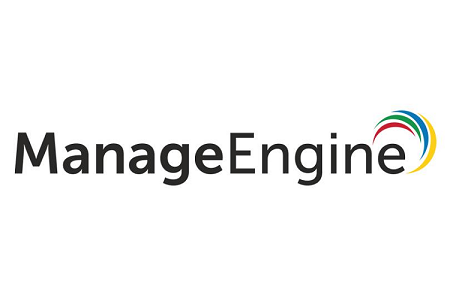Evaluating the differences: What businesses should know about PCI DSS v4.0 versus v3.2.1
In the realm of payment security, the Payment Card Industry Data Security Standard (PCI DSS) provides a critical framework that guides businesses to protect cardholder information against breaches and fraud. As the digital landscape evolves and cybersecurity threats become increasingly sophisticated, the PCI DSS sets guidelines and requirements for securing payment card data, with periodic updates to address emerging threats.







